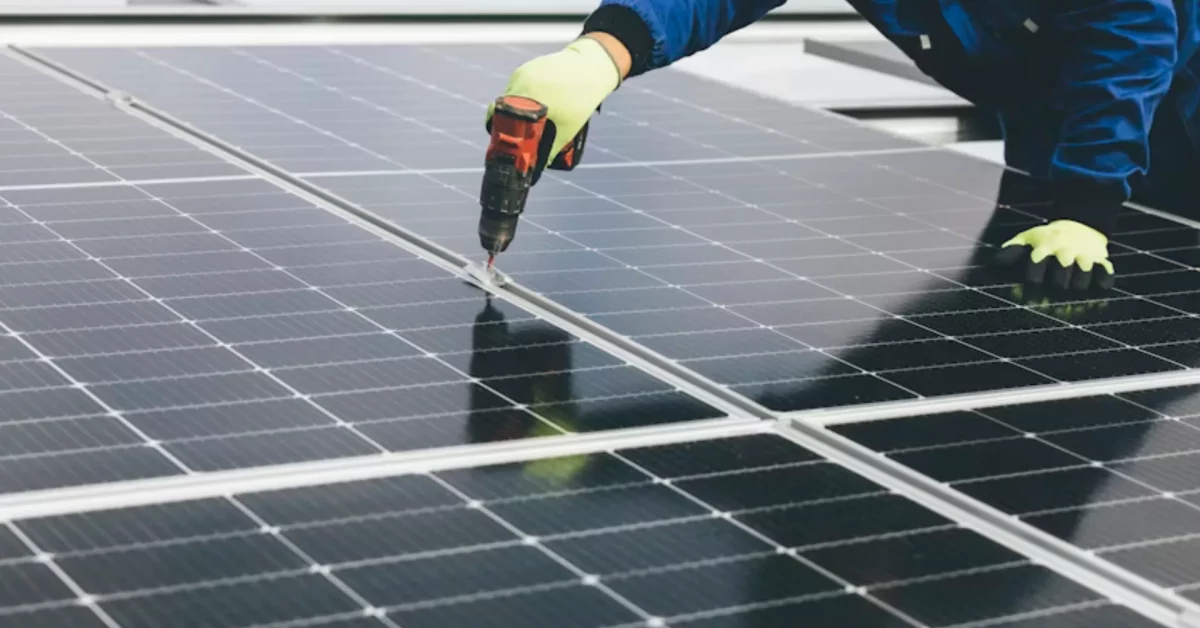
The Balancing Act: Tech Evolution and Climate Change
February 20, 2024
Last Week in Science: 19th to 25th February, 2024
March 2, 2024Last Week in Science 12th to 18th February
Hello, science lovers! Welcome to the first edition of Last Week in Science, a series for passerby readers and those who want to get into the nitty-gritty of things (everything written is cited for your reading pleasure), where we bring you the latest and greatest discoveries from the world of science. Last week, we had some exciting stories to share with you, from new types of magnetism to water molecules on asteroids. Whether you are into physics, chemistry, biology, or astronomy, there is something for everyone in this week’s roundup. So sit back, relax, and enjoy the show.
Space – 12 February: Scientists detect water molecules on asteroids using SOFIA, shedding light on solar system’s evolution. For the first time, scientists have detected water molecules on the surface of an asteroid, using data from NASA’s SOFIA telescope. They studied four silicate-rich asteroids and found molecular water on two of them, Iris and Massalia. The discovery of water on asteroids sheds light on how water was delivered to Earth and other planets in the solar system. It also has implications for the search for life and the exploration of resources in space (Arredondo et al., 2024).
Environment – 13 February: Greenland’s ice loss, doubling vegetation over three decades, poses significant climate challenges. A major satellite analysis has revealed that Greenland’s ice sheet is melting and being replaced by vegetation. The study, published in Scientific Reports1, found that 11,000 sq miles of ice and glaciers have disappeared in the last three decades, exposing barren rock, wetlands and shrub. The researchers from the University of Leeds say that warmer air temperatures are causing the ice loss, which affects the land surface, greenhouse gas emissions and permafrost stability. They warn that more extreme temperatures are likely in the future, and call for better monitoring of the land cover changes (Grimes et al., 2024).
Physics – 14 February: A new type of magnetism, altermagnetism, discovered, bridging ferromagnetic and antiferromagnetic properties. Researchers have discovered a new type of magnetism, called altermagnetism, that could revolutionize spintronics. Altermagnets are materials that have no net magnetization, but have strong spin polarization that alternates in direction. This gives them higher stability, lower energy consumption, and faster switching than conventional magnets. The discovery of altermagnetism was made using experiments at the Swiss Light Source SLS, on a material called chromium telluride. Altermagnetism opens up new possibilities for information technology and quantum physics (Krempaský et al., 2024).
Physics – 15 February: Scientists capture electrons’ real-time movement in liquid water, unlocking new insights. Scientists have captured the movement of an electron in liquid water using attosecond X-ray pulses. This technique reveals the immediate electronic response when water is hit with an X-ray, which is important for understanding the effects of radiation exposure. The experiment was done at the Swiss Light Source SLS, using a material called chromium telluride. The researchers are interested in studying complex radiation-induced chemistry, especially in nuclear waste (Li et al., 2024).
Environment – 16 February: Study: Climate change-driven erratic weather will worsen desert locust outbreaks, threatening food security. A new study discovered that climate change would exacerbate locust outbreaks, which are already threatening food security and livelihoods in Africa and the Middle East. The study, published in Science Advances, found that high wind and rain could cause larger and more frequent swarms of the desert locust, a migratory pest capable of devouring crops in hours. The researchers examined the patterns and hazards of locust outbreaks between 1985 and 2020 using data from the United Nations Food and Agriculture Organisation. They urged increased coordination and early warning systems to prevent and contain outbreaks (Liu et al., 2024).
Medicine – 17 February: New antibiotic, cresomycin, designed to bypass bacterial defenses, combating drug-resistant strains effectively. Scientists have developed a new antibiotic, cresomycin, that can overcome a common form of bacterial resistance. Cresomycin, described in Science1, targets the ribosome, a cellular machine that makes proteins. Many bacteria defend themselves by adding a methyl group to their ribosomes, which blocks most antibiotics. But cresomycin can still bind to the modified ribosomes and stop protein synthesis, killing the bacteria. The researchers used X-ray crystallography to reveal how cresomycin evades the bacterial defense. Cresomycin could be a new weapon to fight drug-resistant infections (Aleksandrova et al., 2024).
Biology – 18 February: Machine learning models used in immunotherapy research show dataset bias favoring higher-income communities. Rice University researchers have found bias in machine learning tools used for immunotherapy research. The tools predict how well peptides bind to human proteins, which is crucial for developing effective treatments. The researchers showed that the data used to train the tools is skewed toward higher-income communities, which could affect the accuracy and fairness of the predictions. They challenged the claim that the tools can generalize to all populations, and called for more diverse and representative data (Conev et al., 2024).
References
Arredondo, A., McAdam, M., Honniball, C. I., Becker, T. M., Emery, J. P., Rivkin, A. S., Takir, D., & Thomas, C. A. (2024). Detection of molecular H2O on nominally anhydrous asteroids. The Planetary Science Journal, 5(2), 37. https://doi.org/10.3847/psj/ad18b8
Grimes, M., Carrivick, J. L., Smith, M. W., & Comber, A. (2024). Land cover changes across Greenland dominated by a doubling of vegetation in three decades. Scientific Reports, 14(1). https://doi.org/10.1038/s41598-024-52124-1
Krempaský, J., Šmejkal, L., D’Souza, S. W., Hajlaoui, M., Springholz, G., Uhlířová, K., Alarab, F., Constantinou, P. C., Strocov, V. N., Усанов, Д. А., Pudelko, W. R., González‐Hernández, R., Hellenes, A. B., Jansa, Z., Reichlová, H., Šobáň, Z., Betancourt, R. D. G., Wadley, P., Sinova, J., . . . Jungwirth, T. (2024). Altermagnetic lifting of Kramers spin degeneracy. Nature, 626(7999), 517–522. https://doi.org/10.1038/s41586-023-06907-7
Li, S., Lu, L., Bhattacharyya, S., Pearce, C. I., Li, K. M., Nienhuis, E. T., Doumy, G., Schaller, R. D., Moeller, S., Lin, M., Dakovski, G. L., Hoffman, D. J., Garratt, D., Larsen, K., Koralek, J., Hampton, C. Y., Cesar, D., Duris, J., Zhang, Z., . . . Young, L. (2024). Attosecond-pump attosecond-probe x-ray spectroscopy of liquid water. Science. https://doi.org/10.1126/science.adn6059
Liu, X., Zhang, D., & He, X. (2024). Unveiling the role of climate in spatially synchronized locust outbreak risks. Science Advances, 10(7). https://doi.org/10.1126/sciadv.adj1164
Aleksandrova, E. V., Wu, K. J. Y., Tresco, B. I. C., Syroegin, E. A., Killeavy, E. E., Balasanyants, S. M., Svetlov, M. S., Gregory, S. T., Atkinson, G. C., Myers, A. G., & Polikanov, Y. S. (2024). Structural basis of Cfr-mediated antimicrobial resistance and mechanisms to evade it. Nature Chemical Biology. https://doi.org/10.1038/s41589-023-01525-w
Conev, A., Fasoulis, R., Hall-Swan, S., Ferreira, R. S., & Kavraki, L. E. (2024). HLAEquity: Examining biases in pan-allele peptide-HLA binding predictors. iScience, 27(1), 108613. https://doi.org/10.1016/j.isci.2023.108613
About the Author:
Nouman Ahmad Noor, your friendly Clinical Psychologist with big dreams! Juggling the art of unraveling minds, aspiring to craft captivating novels, and fueling the next generation of knowledge as a future professor. Join me on this exciting journey of understanding minds and weaving tales!





